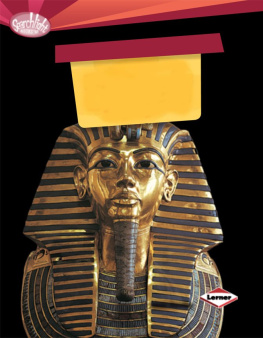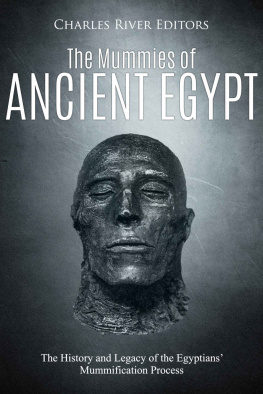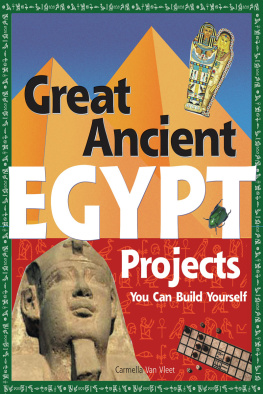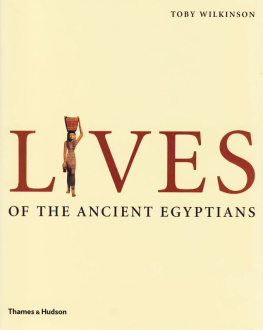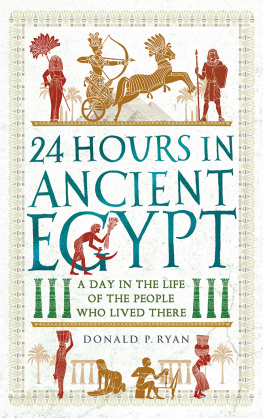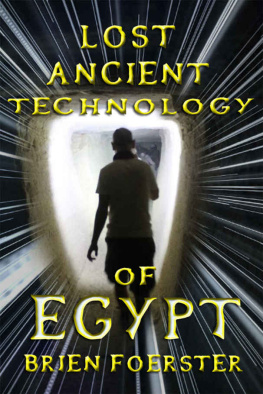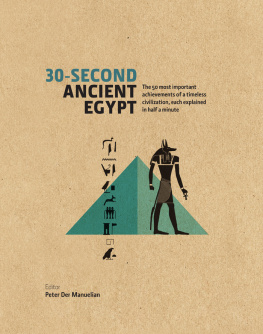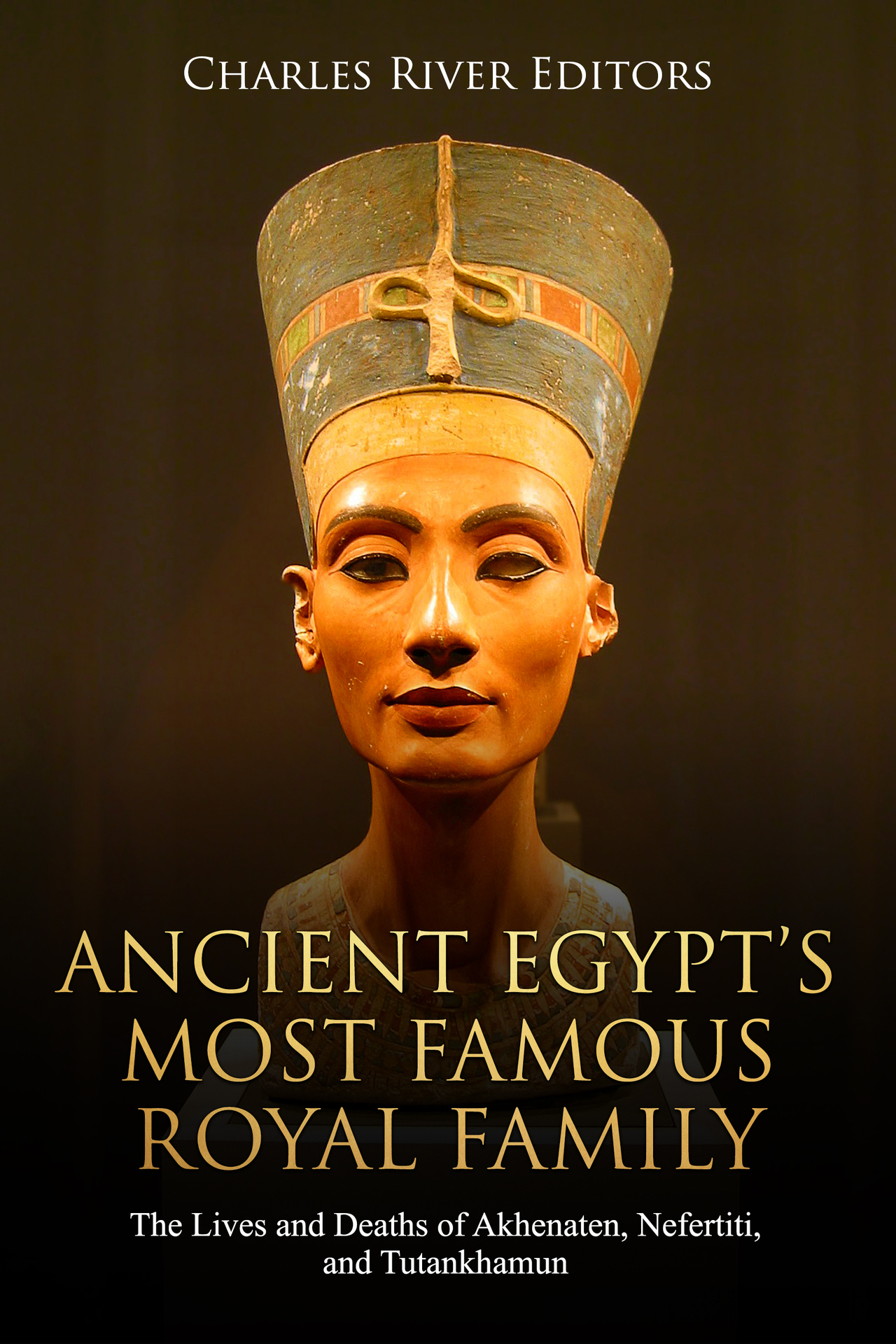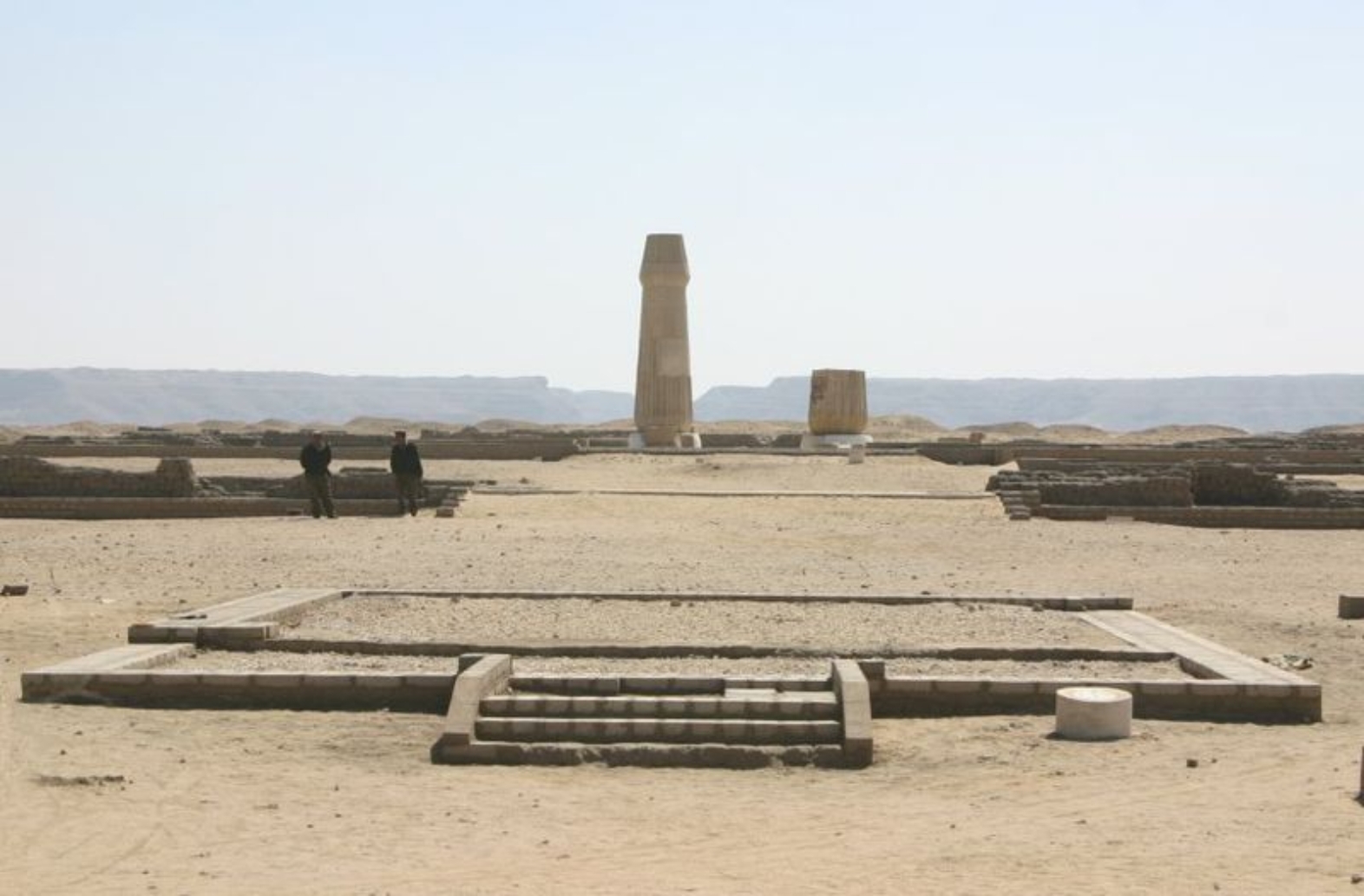Charles River Editors - Ancient Egypt’s Most Famous Royal Family: The Lives and Deaths of Akhenaten, Nefertiti, and Tutankhamun
Here you can read online Charles River Editors - Ancient Egypt’s Most Famous Royal Family: The Lives and Deaths of Akhenaten, Nefertiti, and Tutankhamun full text of the book (entire story) in english for free. Download pdf and epub, get meaning, cover and reviews about this ebook. year: 2019, publisher: Independently Published, genre: History. Description of the work, (preface) as well as reviews are available. Best literature library LitArk.com created for fans of good reading and offers a wide selection of genres:
Romance novel
Science fiction
Adventure
Detective
Science
History
Home and family
Prose
Art
Politics
Computer
Non-fiction
Religion
Business
Children
Humor
Choose a favorite category and find really read worthwhile books. Enjoy immersion in the world of imagination, feel the emotions of the characters or learn something new for yourself, make an fascinating discovery.

- Book:Ancient Egypt’s Most Famous Royal Family: The Lives and Deaths of Akhenaten, Nefertiti, and Tutankhamun
- Author:
- Publisher:Independently Published
- Genre:
- Year:2019
- Rating:4 / 5
- Favourites:Add to favourites
- Your mark:
Ancient Egypt’s Most Famous Royal Family: The Lives and Deaths of Akhenaten, Nefertiti, and Tutankhamun: summary, description and annotation
We offer to read an annotation, description, summary or preface (depends on what the author of the book "Ancient Egypt’s Most Famous Royal Family: The Lives and Deaths of Akhenaten, Nefertiti, and Tutankhamun" wrote himself). If you haven't found the necessary information about the book — write in the comments, we will try to find it.
*Includes ancient accounts
*Includes a bibliography for further reading
Africa may have given rise to the first human beings, and Egypt probably gave rise to the first great civilizations, which continue to fascinate modern societies across the globe nearly 5,000 years later. From the Library and Lighthouse of Alexandria to the Great Pyramid at Giza, the Ancient Egyptians produced several wonders of the world, revolutionized architecture and construction, created some of the worlds first systems of mathematics and medicine, and established language and art that spread across the known world. With world-famous leaders like King Tut and Cleopatra, its no wonder that todays world has so many Egyptologists.
Perhaps the most intriguing aspect of ancient Egyptian civilization was its inception from the ground up, as the ancient Egyptians had no prior civilization which they could use as a template. In fact, ancient Egypt itself became a template for the civilizations that followed. The Greeks and the Romans were so impressed with Egyptian culture that they often attributed many attributes of their own cultureusually erroneouslyto the Egyptians. With that said, some minor elements of ancient Egyptian culture were, indeed, passed on to later civilizations. Egyptian statuary appears to have had an initial influence on the Greek version, and the ancient Egyptian language continued long after the pharaonic period in the form of the Coptic language.
Although the Egyptians may not have passed their civilization directly on to later peoples, the key elements that comprised Egyptian civilization, including their religion, early ideas of state, and art and architecture, can be seen in other pre-modern civilizations. Indeed, since Egyptian civilization represented some fundamental human concepts, a study of their culture can be useful when trying to understand many other pre-modern cultures.
Part of the reason Egyptian history is so intriguing is because it is so enigmatic - even today, despite the wealth of written materials and countless monuments, Egyptologists constantly uncover more mysteries about ancient Egypt, even if many of those mysteries are somewhat mundane and appeal more to academics. For example, historians still debate precise chronologies of dynasties, theological nuances, and architectural details.
One such mystery that shows no signs of going away is the history of the archeological site known as Amarna, which is actually the name of the modern village that is closest to the ancient Egyptian city of Akhet-Aten. Akhet-Aten was built during the reign of one of Egypts most enigmatic pharaohs, Akhenaten (ruled ca. 1364-1347 BCE), and modern archaeological studies have shown it was hastily built and almost as quickly abandoned.
Although the city had a brief lifespan, it was vitally important at the time, so much so that the late Eighteenth Dynasty has been named the Amarna Period by modern scholars. The importance is reflected in the changes that Akhenaten attempted to make to Egyptian religion, art, architecture, and society, all of which can be found among the ruins of Amarna, from texts that described the Aten as the one true god to the depictions of the royal family that were like nothing seen before or after in ancient Egyptian art. An examination of Akhenatens rule and the life of the city of Akhet-Aten has helped modern scholars unravel some of the mysteries of the Amarna Period, but many still remain.
Akhenaten and Amarna: The History of Ancient Egypts Most Mysterious Pharaoh and His Capital City chronicles whats known and unknown about the Egyptian city and the pharaoh who was responsible for it. Along with pictures depicting important people, places, and events, you will learn about Amarna like never before.
Charles River Editors: author's other books
Who wrote Ancient Egypt’s Most Famous Royal Family: The Lives and Deaths of Akhenaten, Nefertiti, and Tutankhamun? Find out the surname, the name of the author of the book and a list of all author's works by series.







